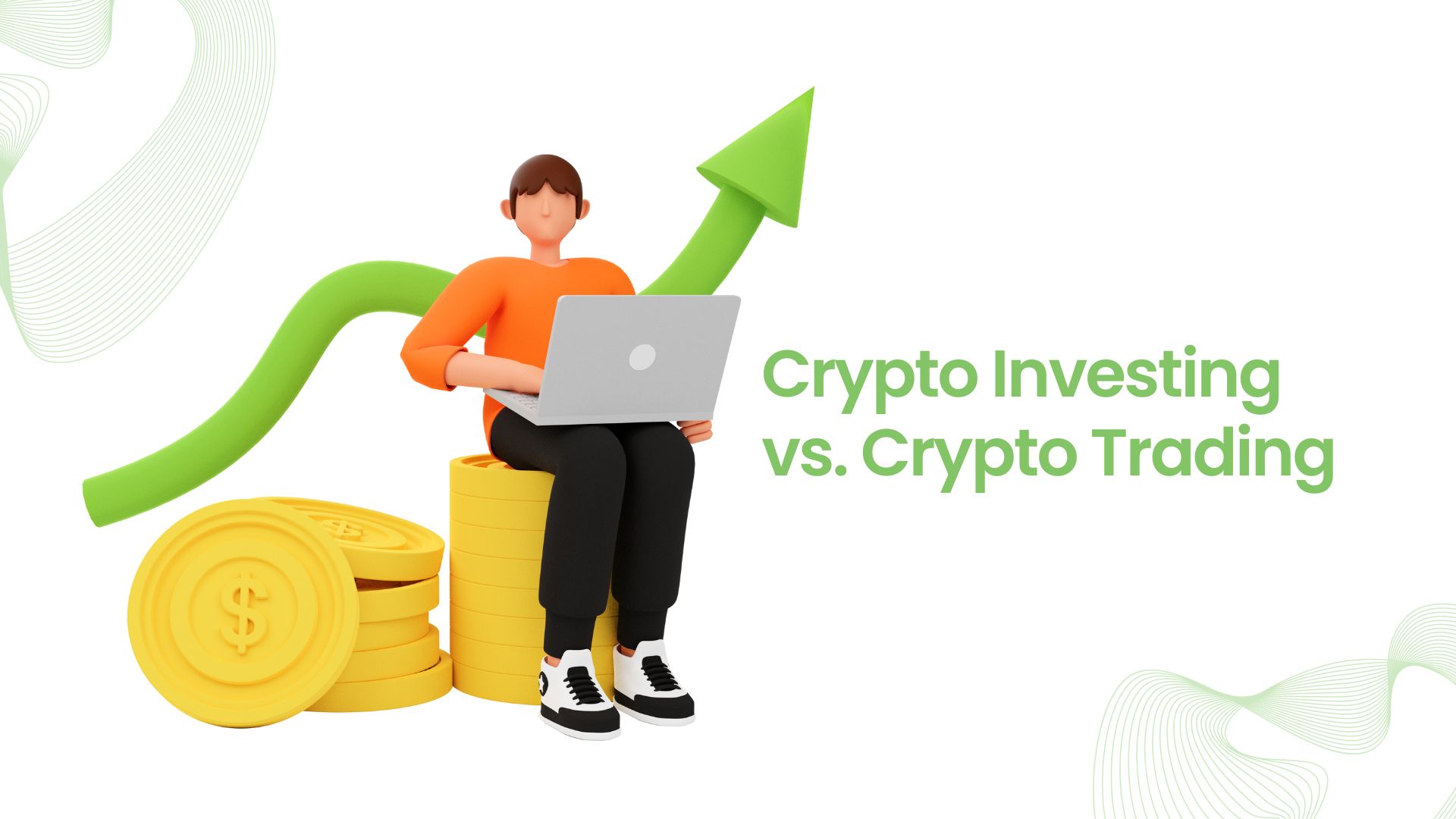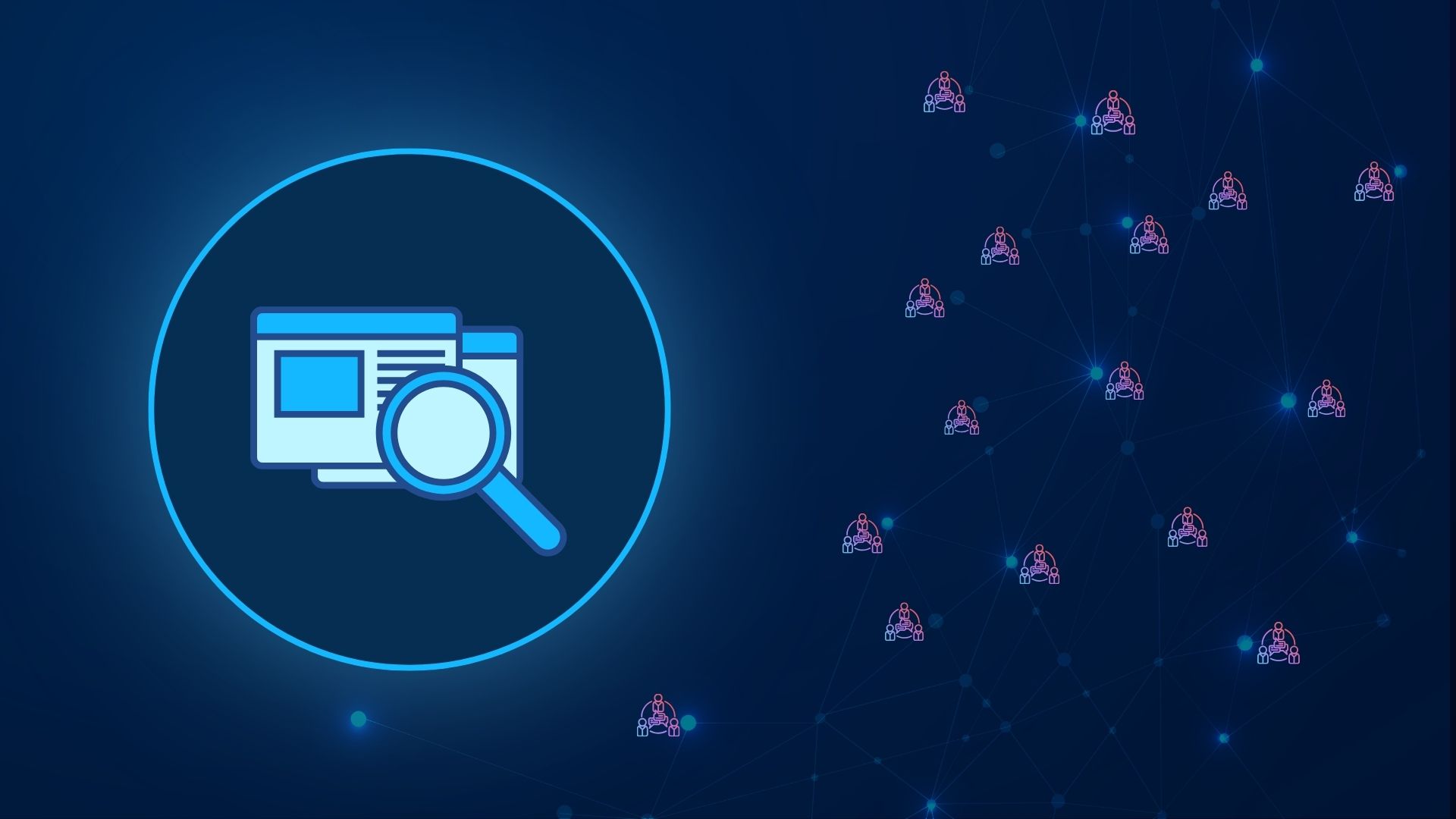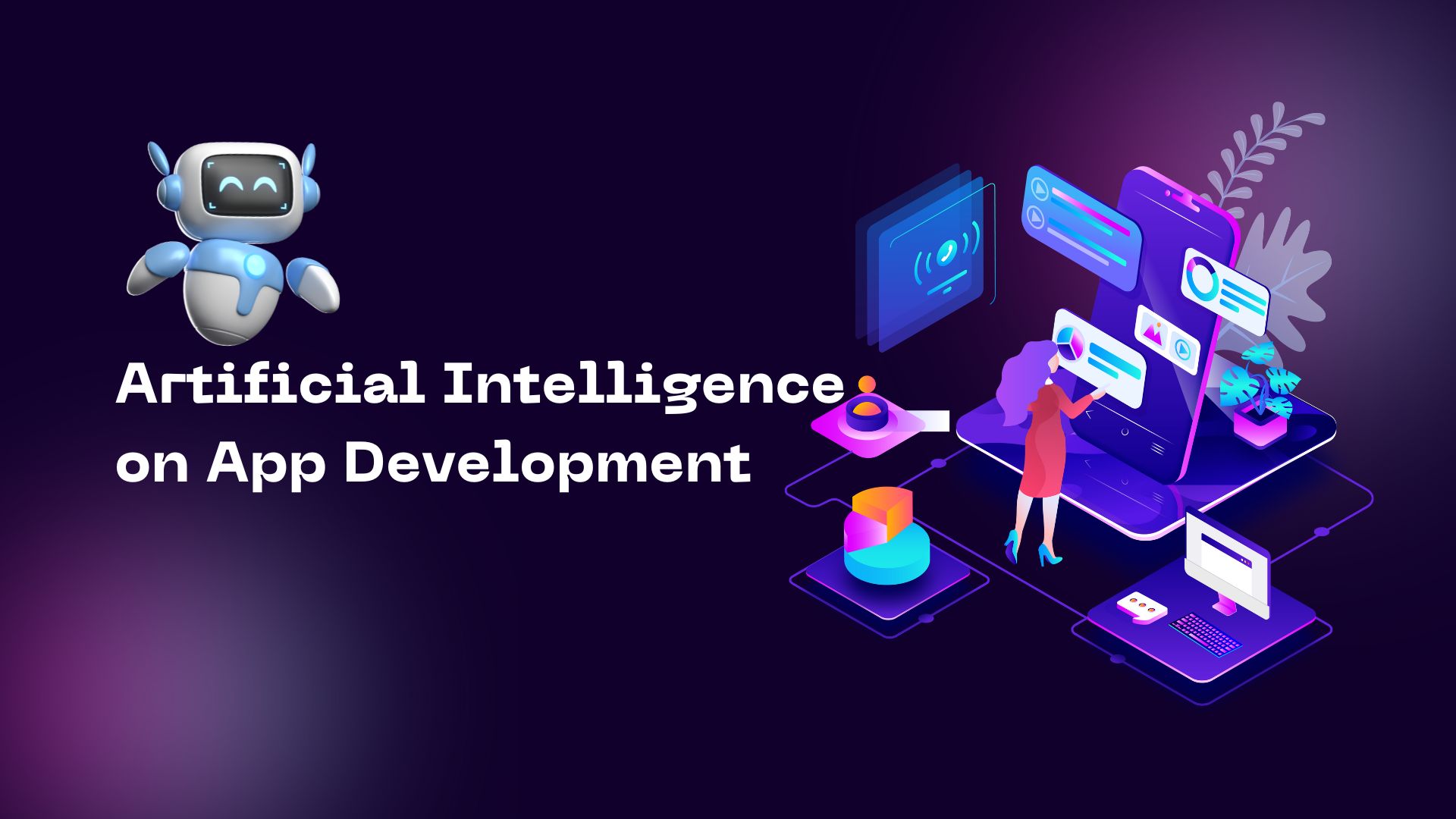Big Oil, Meet Big Data Analytics
ConocoPhillips, one of the world's largest energy companies, is using the power of Big Data analytics to improve its operations and boost efficiency. At a session at the recent Interop conference, CIO Mike Pfister and Richard Barclay, Advanced Analytics program manager, explained how the company gains business insight from data.
While the term Big Data is relatively new, Pfister said ConocoPhillips has acquired huge data sets for decades and was an early user of supercomputing power to determine what can be found five to ten thousand feet underground. In 2015, the company makes use of advanced analytics throughout multiple phases of managing an energy asset: acquisition, exploration, development and operations.
“Our core focus is to move deeper into the scientific and physics world, and how we can use advanced analytics techniques to coax more hydrocarbons out of the ground,” Pfister said.
U.S oil producers saw oil production declines in the mid-70s, Pfister said, before new drilling innovations reversed that trend. ConocoPhillips is now investing in Internet of Things (IoT) sensors to further enrich data, he added.
From a software perspective the analytics platform has Hadoop and SQL components, with ETL and analytics tools on top, Barclay explained. Figuring out what to do with the data is a matter of focus, he said.
Big Data Analytics and Business Need
“My recommendation is to find a problem to solve, find a goal, and let that drive the development of your program,” Barclay said.
In ConocoPhillips' case the company looked at where it is spending money and where money is being made.
“The key thing we're obviously trying to do is figure out how we can produce the most oil we can from a particular resource,” Barclay said. “The questions are about where we should drill, how deep and in what layer.”
Friction-free Big Data Analytics
ConocoPhillips found that sometimes just being able to visualize data leads to breakthroughs, Barclay said. The killer app for ConocoPhillips has been combining predictive models with outputs of visualization and raw data. The company created a system called CAVE – collaborative analytics and visualization environment – for that purpose.
It's important to remove friction between the data and users of the data, Barclay said. “If you can remove the friction, things will accelerate.”
Noting that organizations should develop internal data analytics skills, Barclay said taking online courses from sites such as Coursera and edX and leveraging the resources of partners are good ways of doing so. It's also important for organizations to build easily accessible data stores and develop a robust data network.
“We haven't taken a heavy hand with data,” Pfister said. “We're trying the Tom Sawyer approach, building something that sounds like fun and people want to participate in and benefit from.”
Sean Michael Kerner is a senior editor at Enterprise Apps Today and InternetNews.com. Follow him on Twitter @TechJournalist.

Sean Michael is a writer who focuses on innovation and how science and technology intersect with industry, technology Wordpress, VMware Salesforce, And Application tech. TechCrunch Europas shortlisted her for the best tech journalist award. She enjoys finding stories that open people's eyes. She graduated from the University of California.


